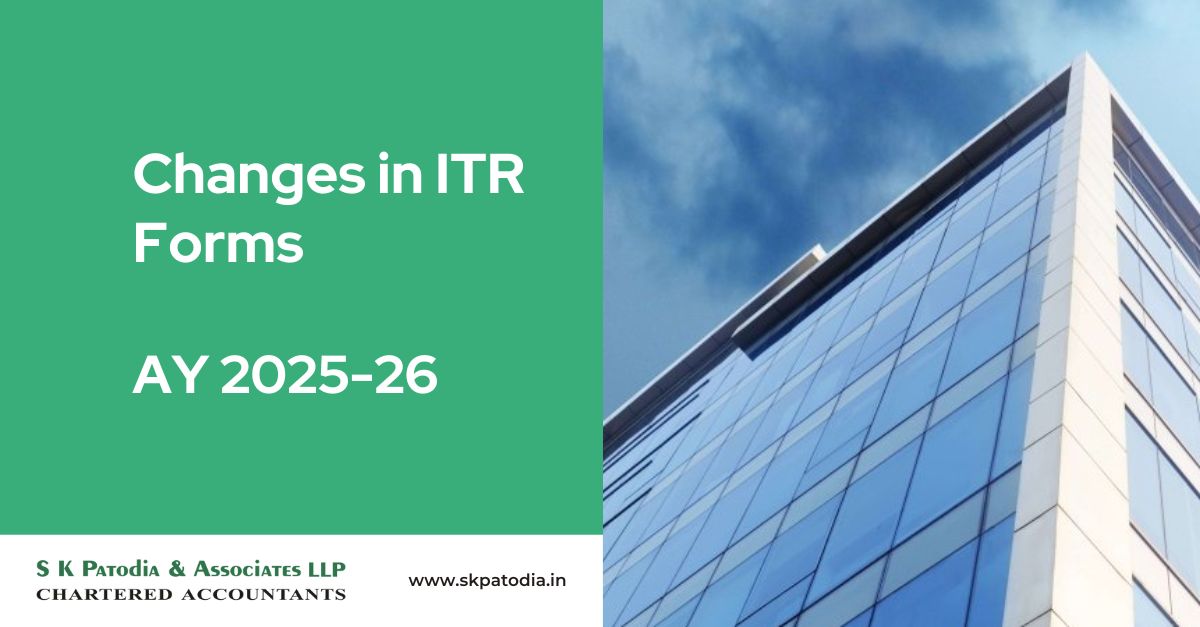Despite all the discussion of learning from the pandemic, it seems that only one European capital is fully embracing the difficult lessons it has taught and applying them to molecular urban change i.e. France.
Mayor Anne Hidalgo is the public face of Paris’s pandemic evolution; however, it is the populace’s acceptance of this audacity that is permanently altering the city’s structure, from the introduction of a citywide speed limit of 30 km/h in 2021 to the obsessive addition of bike paths, with the promise of 700 kilometres reaching across most arrondissements by 2026.
The goal of a walkable city has coincided with the need for outdoor social isolation and natural therapy, even though the city has been plagued by unemployment and economic hardship since 2020 (Paris, while much improved from 2021, still ranks #27 in our Poverty Rate subcategory that tracks residents living below the national poverty line).
It goes without saying that being able to appreciate a city that is ranked first in Europe in our Sights & Landmarks genre and second in our Museums subcategory (the city has well over 100 museums) tends to take one’s mind off the dangers of the contemporary world.
Nearly immediately after the pandemic began, Parisians rushed out of their cramped quarters into the famous Rue de Rivoli, the famous thoroughfare that cuts through the centre of the city, when it was made car-free. Additionally, all of the city’s other popular locations were devoid of automobiles, including the banks of the Seine River. As a result, flâneurs were surreptitiously able to take a deep breath without smelling exhaust and actually hear birdsong, creating what many have described as the sensation of travelling back in time.
In particular, there were no sudden-stopping tourists or selfie-stick users to worry about. Everything has obviously changed since France lifted its health restrictions in late 2021, when visitors flooded back into the pedestrian-only streets, bringing in much-needed funds and, in some cases, surpassing pre-pandemic levels, according to government estimates. The voracity was undoubtedly fueled by the fact that it had been almost three years since Paris, but it was also influenced by the euro’s recent parity with the dollar.
According to estimates from the French government, tourists actually spent 10% more money in France this past summer than they did in 2019, which was one of the most expensive years for travel expenditures ever. Unsurprisingly, the City of Light was the sole benefit.
Given that the city’s travel and tourism sector generated $35.6 billion in revenue last year, Paris has recently been named the World Travel & Tourism Council’s top tourist destination city for 2022. By 2032, it is anticipated to increase to $49 billion.
Good thing the Terminal 1 redevelopment at Paris-Charles de Gaulle Airport cost €250 million during the three years of lower volume. Recently reopened, it now includes a junction building with 36,000 square metres and a central lobby filled with cutting-edge technology to enhance the travelling experience.
Rail accessibility and infrastructure are also unmatched. Beginning in 2019, the TGV line from Berlin (DE) to Paris (FR) will run every seven hours. In 2025, more ambitious direct services will be made available, including the Venice to Paris Midnight Trains.
No matter how they get there, new and returning visitors to Paris discover a city that has embraced pedestrianism and outdoor living.
Mayor Hidalgo enacted legislation to ensure that the 60,000 parking spaces given to restaurants for outdoor dining just remained that outdoor seating in order to prevent cars from regaining control of Paris streets when pandemic urban pilot initiatives expired, as was the case in many other cities. The same applied to completely sealing off less-traveled roadways for public use and providing seating for nearby businesses in need of more outside space.
Nowhere in Paris’s tourism sector, close to Notre Dame Cathedral and city hall itself, is the transition more striking than along the Seine. This area of Paris, which has less cars than other parts of the city that are historically significant, is today known as the town square. The Paris Plages urban beach project encourages picnicking and other free activities in a city that has long been condemned for being expensive and privileged.
Speaking of Notre-Dame, its reopening coincides with 2024, a crucial year for Paris as it will also play home to the Olympic Summer Games, with many of the activities being seamlessly woven into the city’s storied urban fabric. Nothing, however, would more clearly show the city’s success in creating a cleaner, healthier Paris than the ability to conduct swimming competitions for competitors and the broader public after the Games. More than 30 kinds of fish, including trout, perch, and eel, now call the Seine home after wild Atlantic salmon made its maiden return there 14 years ago. Nursing it back to health would be very lyrical, even in a town that pioneered poetic gestures, given Paris’s plan to perform the opening ceremonies in 2024 on stages that will float down its sacred river instead of in a stadium. Those heatwaves in Paris would undoubtedly become more bearable.
The Champs-Élysées is the next project on the municipal administration’s list; it will be converted into a huge garden for the Games, with automobile access being cut in half and millions of euros are being invested in amenities for pedestrians.
The abundance of brand-new and renovated hotels in the city is also increasing the demand for prized, lofty vantage points. The recently opened, Philippe Starck-designed Too Hôtel, which towers above the city higher than any other, is crowned with a massive, 350-square-meter glass cube with a bar and restaurant that that offers a vista deserving of this charming cité. Both the brand-new Kimpton St. Honoré and the Hôtel Rochechouart have rooftop patios.



